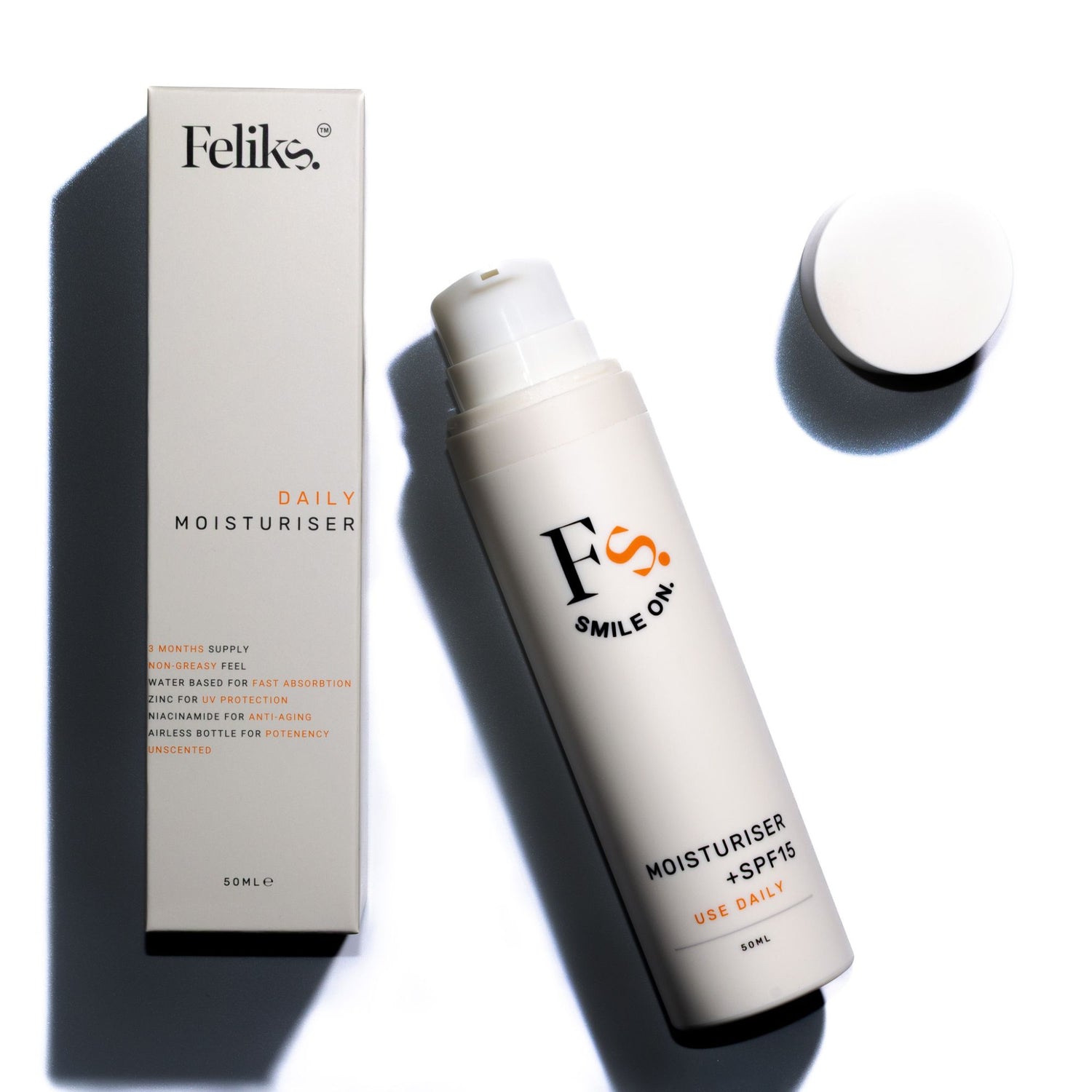Salicylic Acid
If Allantoin is the calm ingredient that makes exfoliation a drama-free event, Salicylic Acid is the bold, take-no-prisoners type who kicks down the door of your pores. It’s science-backed, acne-fighting, and one of the reasons good exfoliators actually work.

What Is Salicylic Acid?
Salicylic Acid is a beta hydroxy acid (BHA). Unlike alpha hydroxy acids (AHAs) such as glycolic or lactic, which work on the skin’s surface, BHAs can wiggle their way into oily pores because they're oil soluble. That’s why Salicylic Acid is the go-to for acne, blackheads, and any situation where your skin feels more congested than peak-hour traffic.
It was originally derived from willow bark (hence the name, salix is Latin for willow), but today, we usually make it synthetically.
The Science (and History) Bit
Salicylic Acid has been around for centuries. Hippocrates supposedly used willow bark extracts to treat pain and skin conditions thousands of years ago. Fast-forward to the 19th century, scientists isolated salicin (a precursor compound) from willow and refined it into forms that could be used medicinally.
Then came the big skincare moment: researchers realised Salicylic Acid wasn’t just useful for headaches, it was a powerhouse keratolytic agent. That means it can break down the bonds between skin cells, encouraging old, dead ones to slough off more easily. It dissolves in oil, which means it can dive past sebum and exfoliate inside the pore lining. That means smoother skin, fewer blockages, and way less gunk hanging around in your pores.
It also has comedolytic properties. Comedolytic refers to a substance's ability to inhibit or treat comedones, which are the non-inflammatory lesions (blackheads and whiteheads) that form when hair follicles become blocked by oil and dead skin cells. It’s the fancy science way of saying it helps prevent blackheads and whiteheads from forming.
Salicylic Acid is also anti-inflammatory meaning it calms redness and swelling (which is why it’s so useful for acne-prone skin) and has a Safe track record. Decades of research confirm it works, and dermatologists still reach for it daily.
Skin care benefits of Salicylic Acid
Clears clogged pores: Unlike surface-only exfoliants, Salicylic Acid is the only acid that actually penetrates oil-filled pores.
Reduces acne: By preventing dead skin and oil from mingling (the dynamic duo of breakouts), it helps keep blemishes at bay.
Evens texture: Smooths rough patches and keeps skin looking fresher, less like a neglected patina.
Soothes irritation: Surprising for such a powerhouse, but it actually has anti-inflammatory properties, so it calms as it clears.
Salicylic Acid doesn’t bulldoze its way through your skin barrier. It works strategically and effectively. Especially when paired with soothing ingredients (like, say, Allantoin - the dream team in our Renewal Exfoliator).
Get It in Your Routine
If your skin is prone to oiliness, congestion, or breakouts, Salicylic Acid is basically non-negotiable. Even if you’re not acne-prone, it keeps skin smoother, brighter, and less likely to rebel mid-week.
It’s potent, it’s proven, and it’s the reason our Renewal Exfoliator pulls double duty: unclogging pores and keeping your skin calm.
